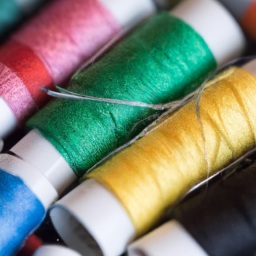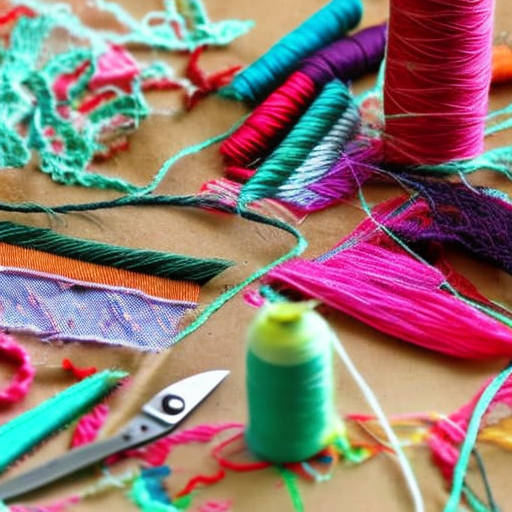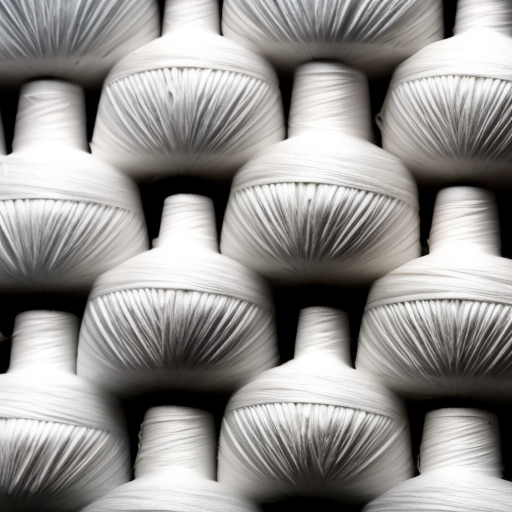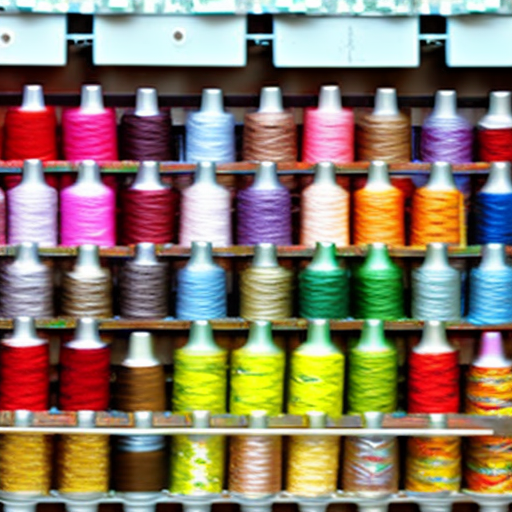
sewing-thread.jpg” alt=”Sewing threads” class=”image”>
Different colors of sewing threads
When you love to sew, having a reliable sewing thread is crucial for successful stitching. Over time, sewing threads can deteriorate, reducing the overall quality of your projects. It is important to identify whether your sewing thread is old to avoid any potential issues.
Signs of Aging in Sewing Threads
Here are some signs that indicate your sewing thread might be old:
- Fraying and excessive lint buildup: If the thread shows signs of fraying or produces excessive lint during use, it is likely old. Old threads tend to lose their strength and break easily.
- Discoloration: Over time, thread colors may fade, darken, or become yellowish. Discoloration can indicate degradation of the thread’s fibers.
- Tangled or twisted thread: If the thread becomes more tangled or twisted than usual while sewing, it could be due to weakened fibers.
- Unraveling spools: If the thread unwinds from the spool without any tension or excessive pulling, it might be a sign of age and reduced elasticity.
If you notice one or more of these characteristics in your thread, it is advisable to replace it before starting any important sewing projects.
Prolonging the Life of Sewing Threads
While sewing threads do have a shelf life, you can take certain measures to extend their lifespan:
- Proper storage: Keep your threads in a cool, dark, and dry place away from direct sunlight. Direct exposure to UV rays can accelerate thread deterioration.
- Avoid humidity: Moisture can cause threads to weaken and become brittle. Make sure to store your threads in an environment with low humidity.
- Replace damaged spools: If the spool becomes cracked or damaged, transfer the thread to a new spool or bobbin to prevent further deterioration.
By following these simple guidelines, you can prolong the life of your sewing threads, ensuring your projects are completed with the best possible results.
Conclusion
Recognizing the signs of aging in sewing threads is essential for maintaining the quality of your sewing projects. Be mindful of fraying, excessive lint, discoloration, and other indications mentioned above. Remember to store your threads properly and replace damaged spools to extend their lifespan. By doing so, you can enjoy seamless and successful sewing experiences for years to come!





This sounds like a great post!
Susan Novak: Good to know!
This is a helpful post that every sewer should know – aging thread may affect the quality of your finished products, so it’s important to check regularly for signs of old thread.
Definitely a useful post for all DIYers who sew!
This is an amazing post, very helpful!